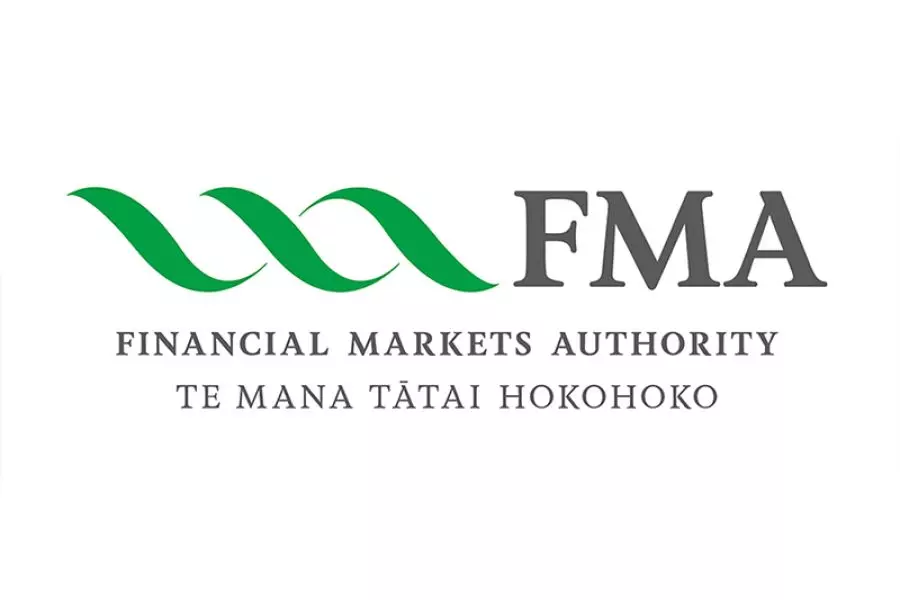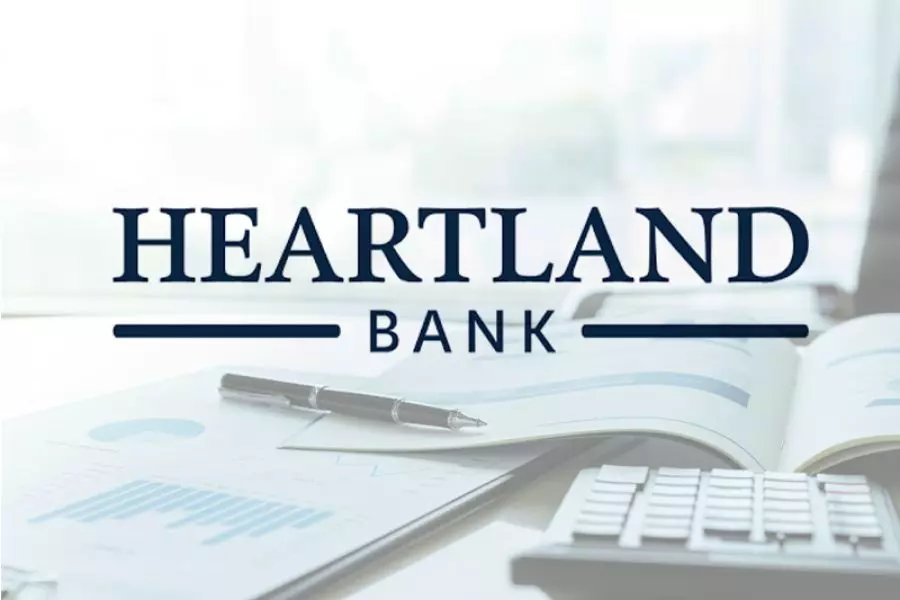News
Tauranga: Bargains in the bay
Tuesday 16th of December 2008
Located around a large harbour extending along the western Bay of Plenty, and protected by Matakana Island and the extinct volcano of Mauao (Mt Maunganui), Tauranga’s sheltered position creates a warm, dry climate and is a lifestyler’s haven. This temperate climate, combined with a diverse landscape rich in resources, makes the region a horticulture and agriculture stronghold, renowne...
Want to read the full article?
Click the button below to subscribe and will have unlimited access to full article and all other articles on the site.
8 min read
10 min read









![[The Wrap] Bye Bye Bayly](https://goodreturns.publit.io/file/c_fill,w_900,h_600/39f23ac1-f7c7-4854-b700-a150004ebbac.webp)